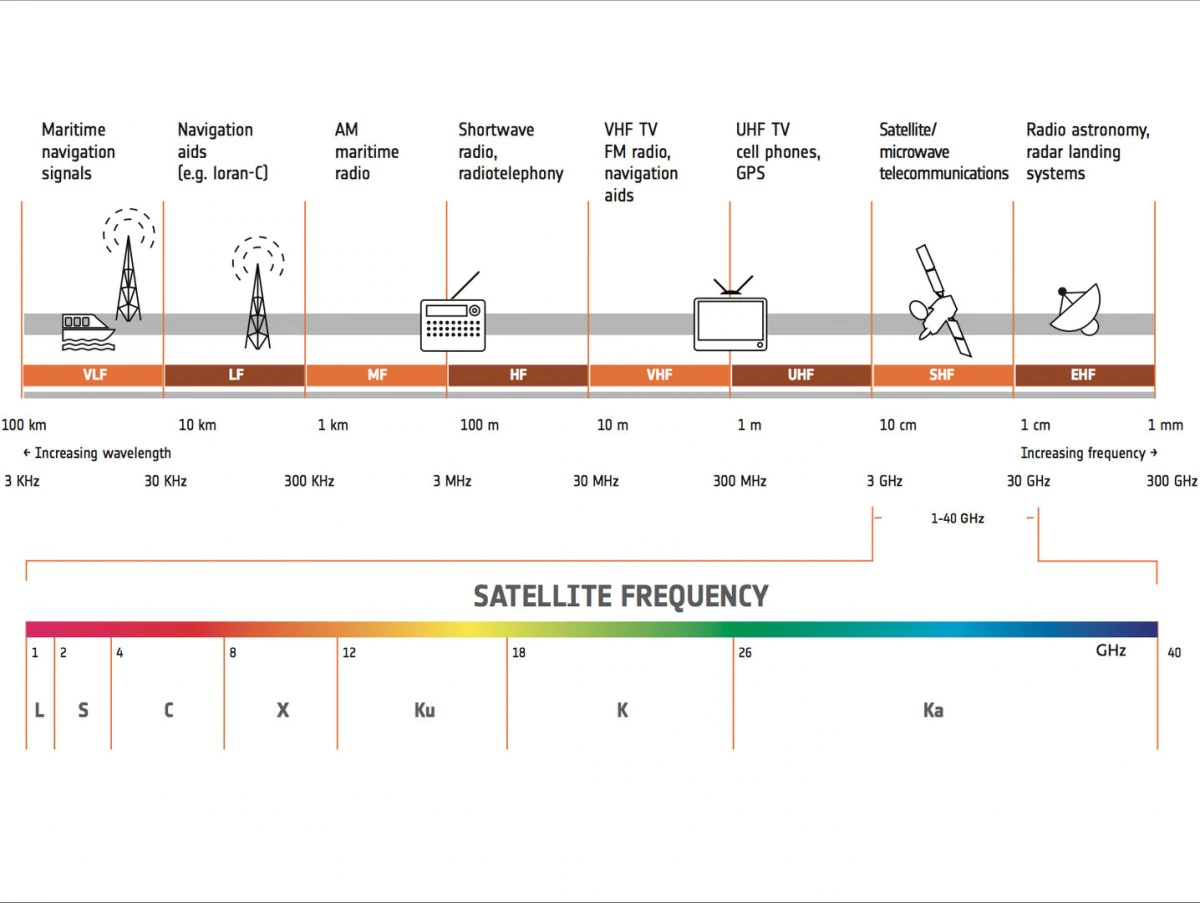On January 17th, India successfully carried out its first space launch of the year.
The GSAT-30 communication satellite was launch, and it will replace an older spacecraft.
https://twitter.com/isro/status/1217935743600951298
The Indian Space Research Organization (ISRO) announced that the satellite had been successfully launched and had reached orbit without any issues.
The launch was carried out from a facility in French Guiana in conjunction with French-based aerospace firm, Arianespace, which provided its Ariane 5 rockets for the mission.
https://twitter.com/sbajpai2811/status/1217975896444850177
“By operating GSAT-30, ISRO will – once again – foster the use of space to help bridge the digital divide in the Indian subcontinent as part of its ambitious space program,” an Arianespace spokesperson said in a statement.
Another craft belonging to European satellite operator Eutelsat was also carried into orbit aboard the Ariane 5 rocket. Both satellites reached their destination about 30 minutes after liftoff.
The GSAT-30 satellite will replace an ageing spacecraft launched in 2005 and provide India with communication services well into the 2030s.
With a mission life of over 15 years, GSAT-30 “will provide DTH [direct-to-home] television Services, connectivity to VSATs [Very Small Aperture Terminals] for ATM, stock exchange, television uplinking and teleport services, Digital Satellite News Gathering (DSNG) and e-governance applications,” Isro chairman Kailasavadivoo Sivan said.
“The satellite will also be used for bulk data transfer for a host of emerging telecommunication applications,” Sivan said.
GSAT-30 is configured on ISRO’s enhanced I-3K Bus structure to provide communication services from Geostationary orbit in C and Ku bands. The satellite derives its heritage from ISRO’s earlier INSAT/GSAT satellite series.
Weighing 3357 kg, GSAT-30 is to serve as replacement to INSAT-4A spacecraft services with enhanced coverage. The satellite provides Indian mainland and islands coverage in Ku-band and extended coverage in C-band covering Gulf countries, a large number of Asian countries and Australia.
The designed in-orbit operational life of GSAT-30 is more than 15 years.
MORE ON THE TOPIC:












Good luck India and stay in Asia, stay away from U.S. parasite…
Seek development with your next door neighbors or villgares from Asian village like Russia. Who has plenty of high tech know how in that domain and huge flying (in space) experience.
India is supported to counter China militarily in Asia. Like Saudis were provoked to fight with Iran or Egypt provoked to prevent Turkic influence. Those all nations are not enemy, the hand that rocks the cradle is evil, since Jesus was crucified or even before than that. They are the chosen people.